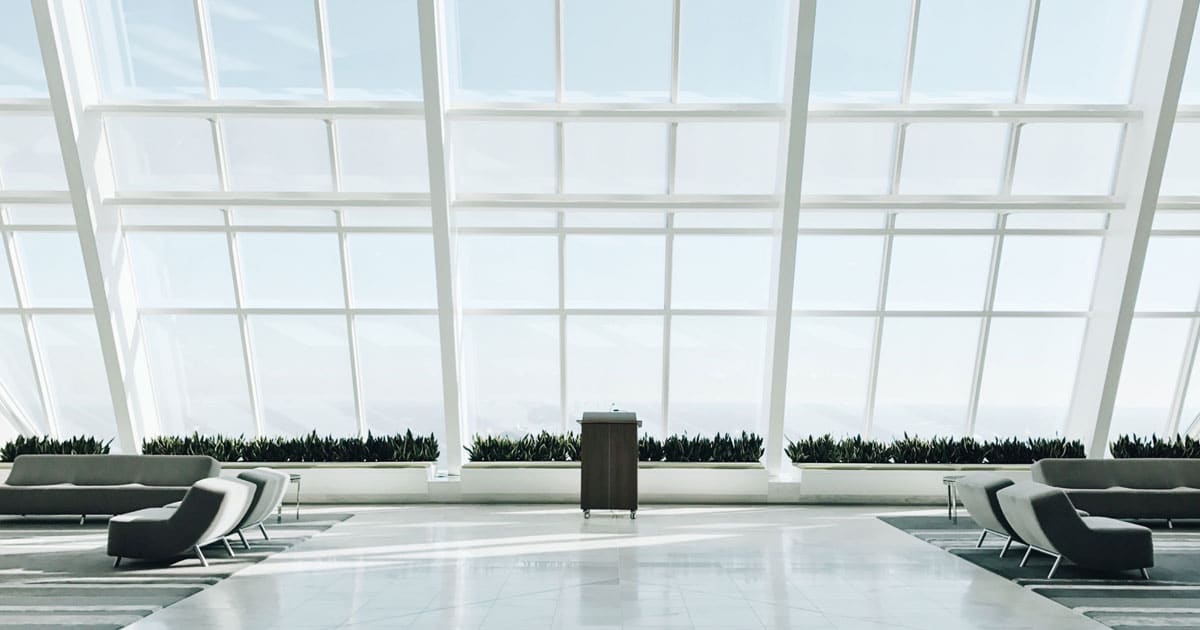Glass design is a form of decorative art that uses glass to create intricate, colorful, and unique pieces. This type of artwork has been around since the first century AD when Roman glassmakers began using glass to craft vessels for everyday use. Today, glass design has evolved into an art form that can be used in many different applications, from jewellery and stained-glass windows to sculpture and architecture.
Glass design is the art of transforming molten or cut pieces of glass into decorative items such as vases, lamps, window panes or jewellery. The materials used for this type of work are usually soda lime silica glasses but also borosilicate glasses (pyrex) can be used depending on the application desired by the customer. The techniques employed can include cutting/shaping with diamonds and grinding/polishing with diamond wheels or diamond tools; fusing various colours together; sandblasting; lamination; slumping (tempering); etching with acids; painting/decorating with enamels or ceramic decals; engraving with wheels etc… All these techniques require skilful manipulation in order to obtain a finished product that meets aesthetic requirements while still being durable enough for practical use.

Types of Glass Design
The glass design is a popular form of art, and its popularity has grown over the years due to its beauty and versatility. There are various types of glass design, each with its own distinct style and purpose. In this article, we will discuss three types of glass design: blown glass, cast glass, and kiln-formed or fused glass.
Blown Glass is one of the oldest forms of glass-making techniques. It involves using a blowing pipe to shape molten glass into desired shapes. The artist must carefully control the temperature and flow rate of the molten material in order to create pieces with intricate details. This type of design is often used for vases, sculptures, chandeliers, lamps, decorative dishes and more.
Cast Glass is made by pouring hot liquid into moulds created from sand or plaster moulds that have been shaped by hand or machine tools. Once cooled down enough to work with it without melting it again, artists can create complex designs by cutting off excess material or adding details through carving or engraving techniques. Cast Glass can be used for creating stained-glass panels as well as other decorative accessories such as jewellery boxes and candleholders among others.
Advantages and Disadvantages of Using Glass in Design
Glass is an incredibly versatile material that can be used for a variety of design elements, from furniture to architectural features. While it may have many advantages, there are some disadvantages to using glass in a design that should be considered before embarking on a project.
One advantage of using glass as part of a design is its transparency. Glass allows light to pass through it and can create interesting reflections and refractions when used in combination with other materials. This makes it useful for creating visually striking pieces that can capture the attention of viewers or customers. Additionally, since glass is highly durable, pieces made from it will last a long time without deteriorating or needing repairs.
On the other hand, there are some potential drawbacks to using glass in design projects as well. For example, since glass is so brittle and fragile, pieces made from it can easily break if dropped or mishandled; this means extra care must be taken when handling any items made with this material. Additionally, due to its transparency and durability characteristics, glass tends to be more expensive than other materials such as wood or metal which may limit its use in certain projects where budget constraints are an issue. Finally, modern treatments and coatings have made glass much safer than before when subjecting it to extreme temperatures.
Conclusion
The glass design is an innovative art form that has been around for centuries. It is a creative medium that allows artists to create beautiful, eye-catching pieces. Glass design can be used to create unique pieces that can add a unique flair to any room or space. With the use of modern technology, glass design has become even more accessible and versatile than ever before. No matter the project or purpose, glass design can be used to make something truly special and timeless.
